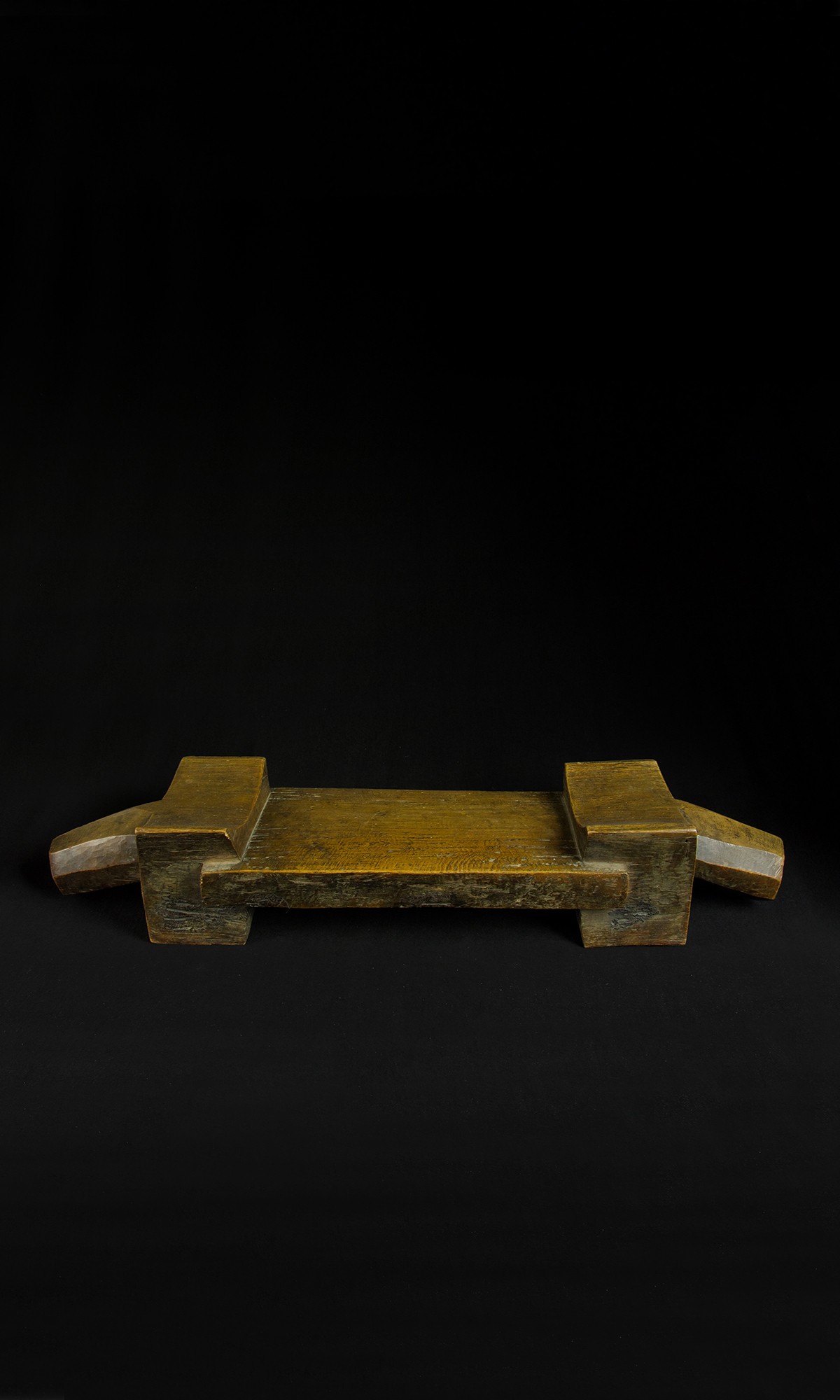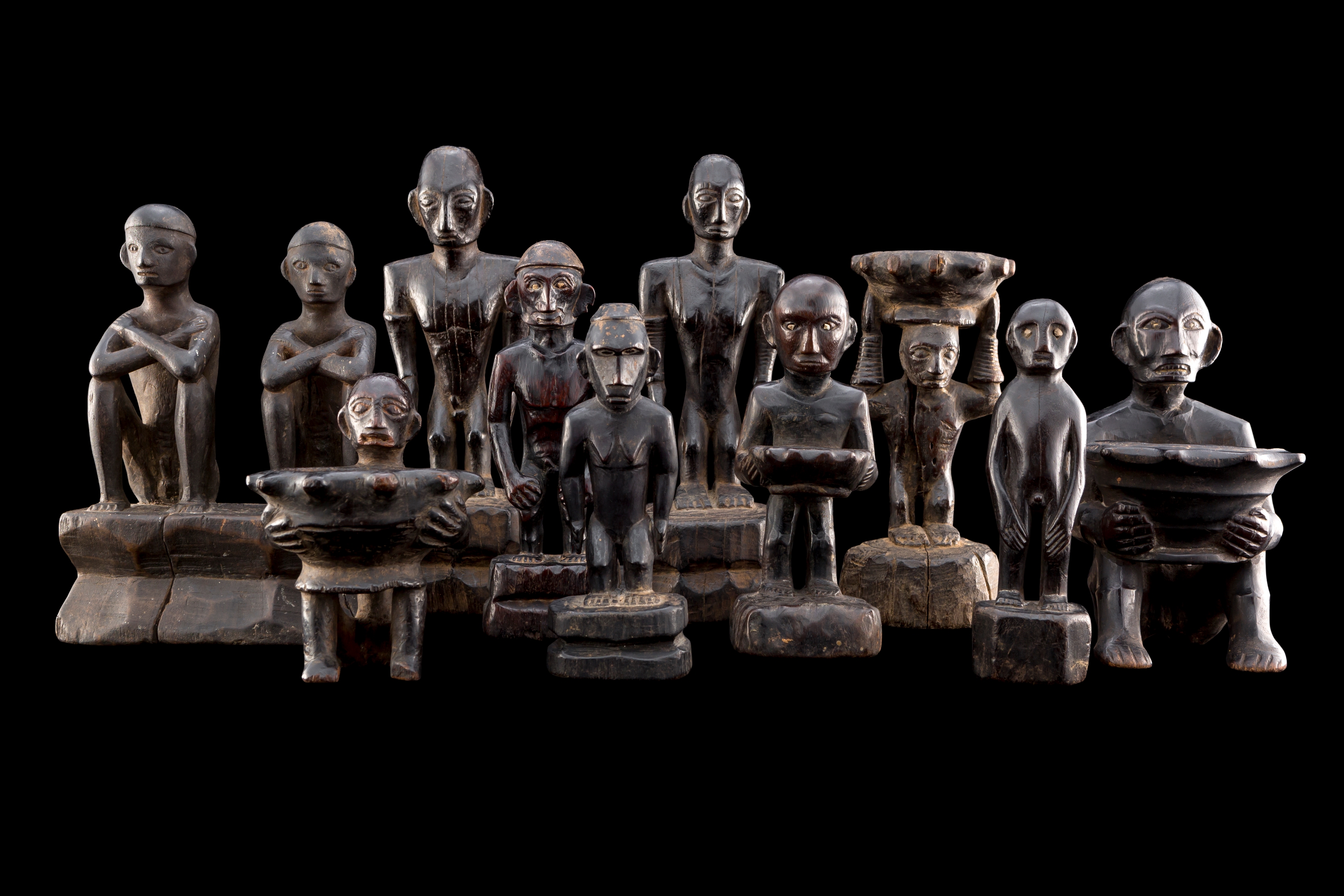the wooden chair of ifugao is called
It also signifies fertility and is sometimes believed to house the spirits of ancestors. The ground level the posts have wooden discs which was called oliang to prevent rats from entering the house.
The Ifugao House have three functional levels.

. This is part of the wooden scooter race. Probably one of the most iconic and recognizable images of the Ifugao religion are bululs totemic male and female figures carved in wood used in rituals and as guardian figures. The wooden seat or hagabi is placed under the eaves in the stone-paved yard that surrounds the little wooden four-stilted house with the high-peaked thatched roof that is so typical of the country and is.
What does it symbolizeA. They are believed to be children of deities in Kabunyan or the Skyworld. A seven kilometer downhill wooden scooter race set along the world famous UNESCO World Heritage site of the Banaue.
Ifugao are unique among all ethnic groups in the mountain province for their narrative literature such as the hudhud an epic dealing with hero ancestors sung in a poetic manner. Locally called fale or bale this traditional house is from Mayoyao in northern Ifugao. The Ifugao people are the ethnic group inhabiting Ifugao Province.
They reside in the municipalities of Lagawe capital of Ifugao Aguinaldo Alfonso Lista Asipulo Banaue Hingyon Hungduan Kiangan Lamut Mayoyao and Tinoc. The physique of the bench where the upper plank peaks at the middle and decends gradually with snouts on either end of the chair is likened to depict the head of a pig which is an important sacrificial animal among the. It is commonly carved out of the trunk of a narra ipil or molave tree.
Download the Android app. Like most traditional houses in the Cordillera the Ifugao bale is constructed from hand-hewn timber runo and cogon grass Scott 1962. Abundance and prosperity Bhealth and - Brainlyph.
The bulul was believed to guard the rice crop and gain power from the presence of the ancestral spirit but it also represented the hundreds of spirits deities and ancestors that populated the. 21A wooden chair in Ifugao which symbolizes his status as a citizen in their community. A distinguishing feature of the Ifugao house is the halipan rat guards in each of the four posts that elevate it.
On special occasions such as harvest time bulul figures are dressed in Ifugao costumes. Hagabi is a wooden chair of Ifugao. While the male image is dressed in loincloth the female figure is dressed with a skirt.
The ground floor the second level for the living quarters and the third level which was used as the granary. 22This art is the art of shaving bamboo into artful creations that can be used as décor for arches. The second level or the living area was accessible through a removable ladder.
Also unique to the Ifugao is their woodcarving art most notably the carved granary guardians bulul and the prestige bench of the upper class the hagabi. The Bulul is an Ifugao anthropomorphic carving that symbolizes an Ifugao rice god or guardian spirits. Some of the figures have holes on the ear lobes and human hair is planted on the head.
It is a wooden chair of Ifugao which symbolizes his status as a citizen in their community It depicts the wealth and power of the own who is called Kadanagyan or a person who belongs to the higher status in their society. Another one is Hagabi a wooden chair of Ifugao which symbolizes his status as a citizen in their community. In its physical form the hagabi is a lounging bench made out of wood.
Study on the go. It also signifies fertility and is sometimes believed to house the spirits of ancestors. It depicts the wealth and power of the owner in who is called Kadanagyan or a person who belongs to the higher status in their society.
Their textiles are renowned for their sheer. Learn with flashcards games and more for free. Bolivianouft and 14 more users found this answer helpful.
Hagabi are traditionally large ceremonial benches carved for wealthy Ifugao families as a symbol of wealth power and prestige. They are also adorned. According to Ifugao mythology Wigan and Bugan are the ancestors of the Ifugaos who had lived in a village called Kiyyangan now Kiangan.
The Ifugao Wooden Idol by Marilou M. By some force of circumstance and with the consent of their father Wigan and Bugan married each other and went to live. Includes Painting Indigenous Art Islamic Arts Kut-kut art and Performing Arts.
Every late April during the Imbayah Festival in Banaue Ifugao you can see Ifugaos in their ethnic attire riding their handcarved wooden scooters down the hill with speed records of up to 50 kilometers per hour. The province is one of the smallest provinces in the Philippines with an area of only 251778 hectares or about 0. The Cadangyan families of Ifugao are largely inter-related.
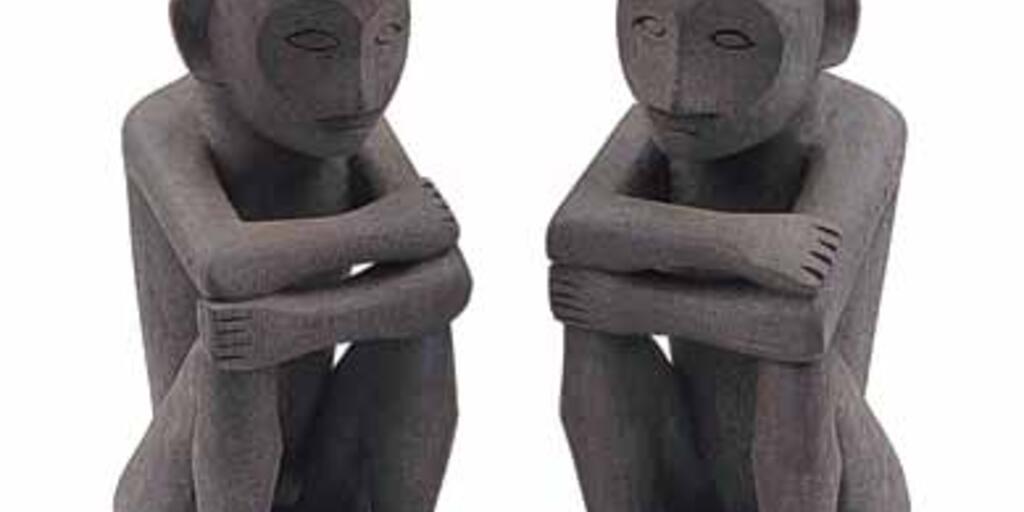
Wooden Ifugao Figures From Anthropology S Philippines Collection Amnh

Hagabi Form I Form Sculpture Galen Lowe Art Antiques

Creekside Farm Online Primitive Antiques Antique Pine Furniture Primitive Decorating Country

Banaue Antiques Handwoven Materials Cavite Branch Disenyo Banaue Banaue Antiques Artcrafts Philippines Off Filipino Art Bamboo Basket Basket Weaving
This Ifugao Bench Was Sold At A World Record Price At An Auction Bcg
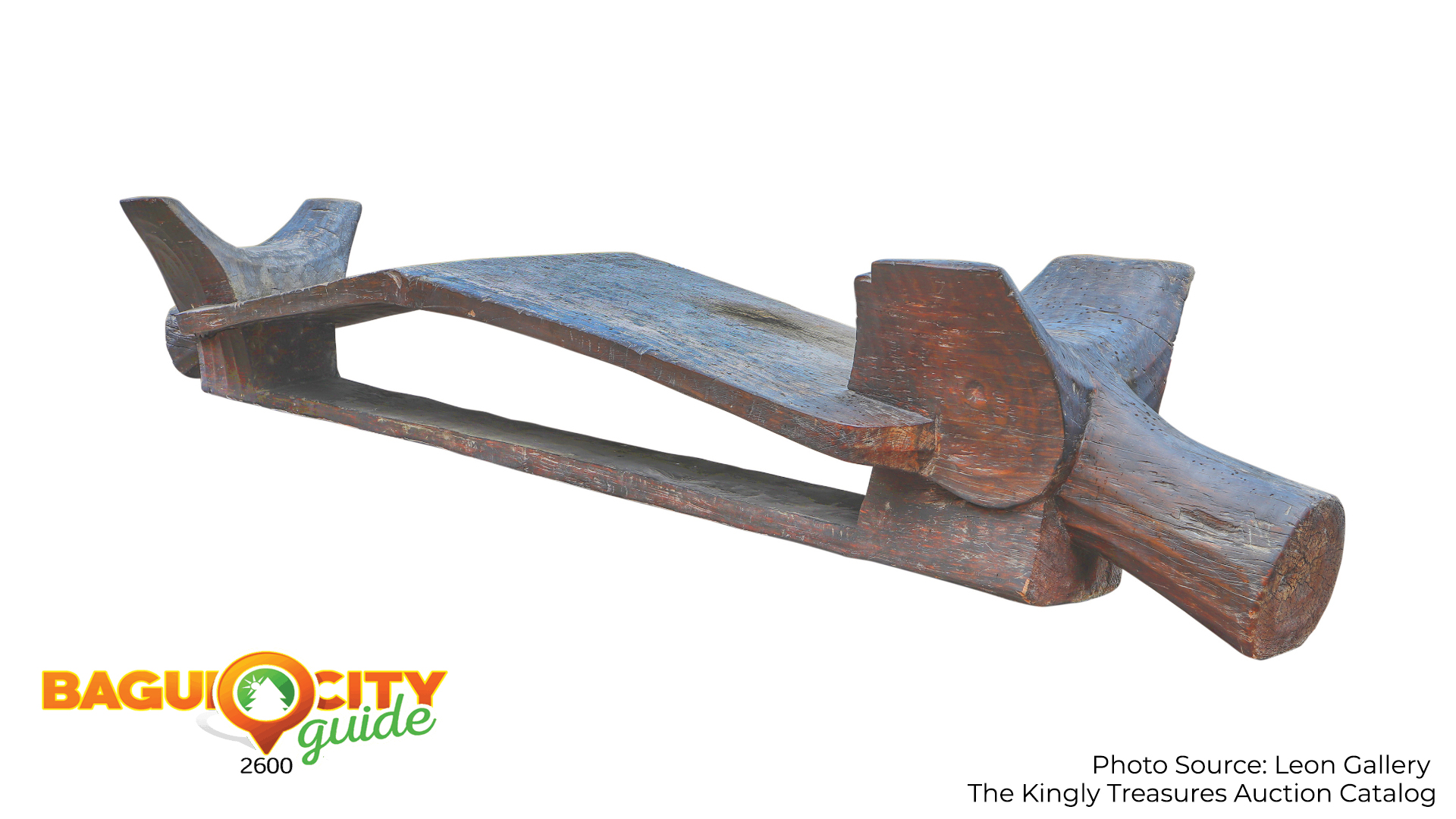
This Ifugao Bench Was Sold At A World Record Price At An Auction Bcg

The Book Museum Cum Ethnology Center Northern Philippines Wandering Bakya

Gallery Of Exhibits Museum Of Cordilleran Sculputre

Ifugao Box Basket Round Rice Rattan Food Ifugao Tribe Etsy Basket Rattan Twining

Hagabi An Unusual Trivia Of Philippine History And World Facebook
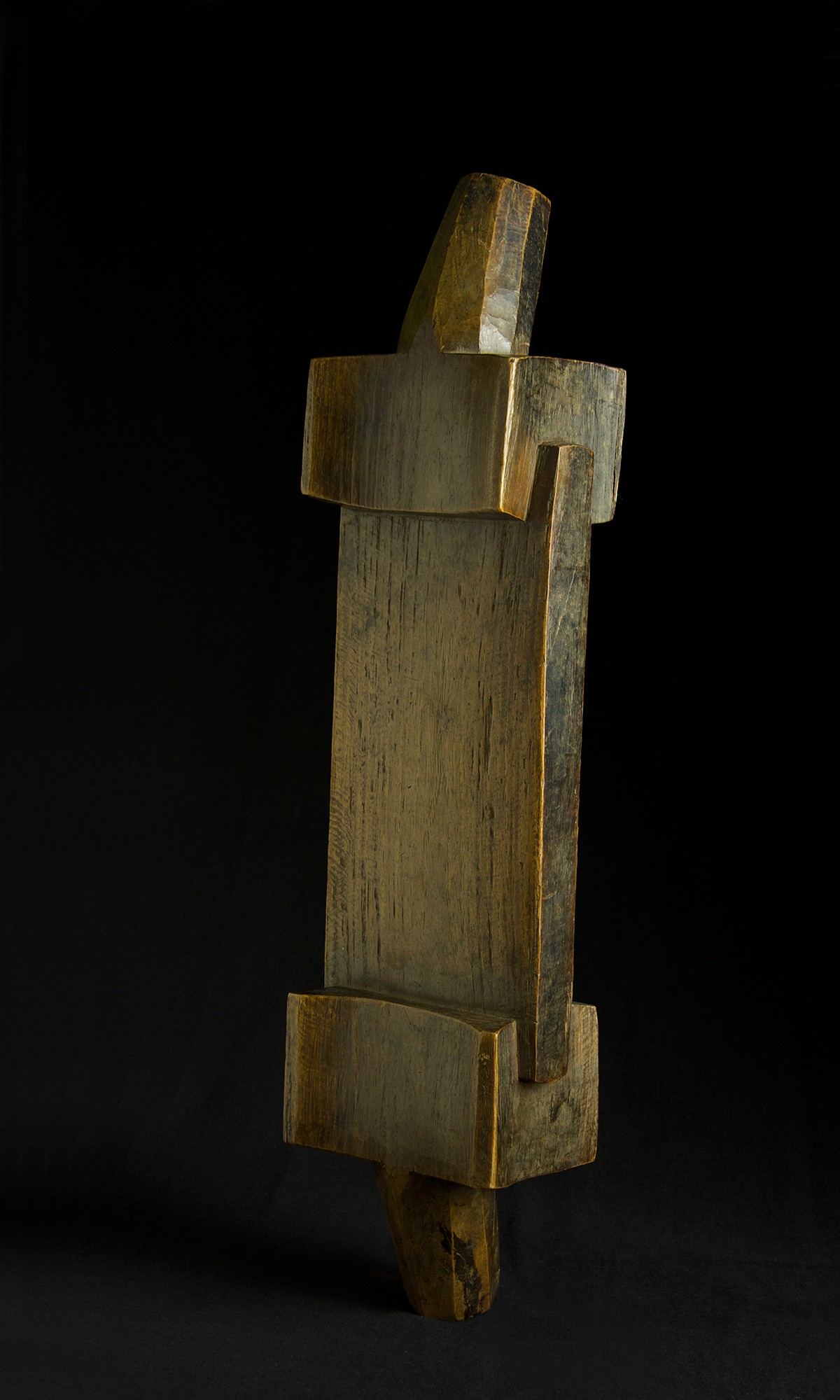
Hagabi Form I Form Sculpture Galen Lowe Art Antiques

Ifugao Prestige Bench Hagabi Made World History As The Most Expensive Filipino Artifact Wowcordillera

Hagabi An Unusual Trivia Of Philippine History And World Facebook

Pin By Brenda On Christmas Beauty Peace Joy Love Memories Traditions And Reflection Small Log Cabin Rustic Cabin Little Cabin
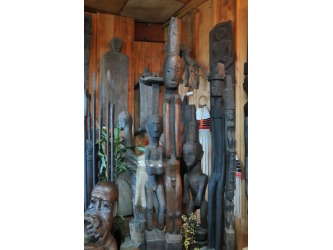
Gallery Of Exhibits Museum Of Cordilleran Sculputre



